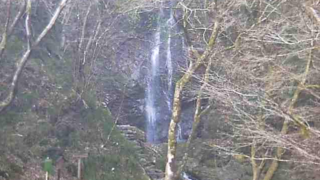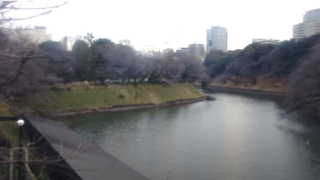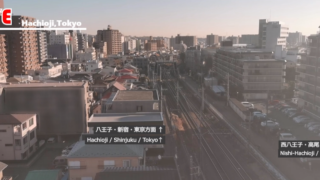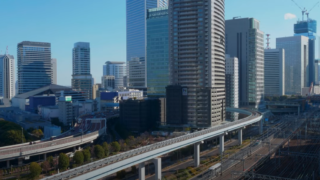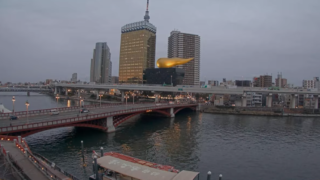Tokyo Live Cameras
Tokyo (Tokyo)
Chiyoda City | Chuo City | Minato City | Shinjuku City | Bunkyo City | Taito City | Sumida City | Koto City | Shinagawa City | Meguro City | Ota City | Setagaya City | Shibuya City | Nakano City | Suginami City | Toshima City | Kita City | Arakawa City | Itabashi City | Nerima City | Adachi City | Katsushika City | Edogawa City | Hachioji City | Tachikawa City | Musashino City | Mitaka City | Ome City | Fuchu City | Akishima City | Chofu City | Machida City | Koganei City | Kodaira City | Hino City | Higashimurayama City | Kokubunji City | Kunitachi City | Fussa City | Komae City | Higashiyamato City | Kiyose City | Higashikurume City | Musashimurayama City | Tama City | Inagi City | Hamura City | Akiruno City | Nishitokyo City | Mizuho Town | Hinode Town | Hinohara Village | Okutama Town
Tokyo Northern Izu Islands (Oshima)
Oshima Town | Toshima Village | Niijima Village | Kozushima Village
Tokyo Southern Izu Islands (Hachijojima)
Miyake Village | Mikurajima Village | Hachijo Town | Aogashima Village
Tokyo Ogasawara Islands (Chichijima)
All over Tokyo
- JR Shinagawa / Shinjuku / Maihama Station | JR Station Congestion Status Shinagawa Station (near Keikyu Access Exit, near North Passage Yamate Line Home Stairs), Shinjuku Station (West Exit, South Exit), Maihama (South Exit, North Exit) | JR East
- Rivers in Tokyo | Tokyo Water Disaster Prevention Comprehensive Information System Rainfall / Water Level / River Images / River Department, Construction Bureau
Tokyo Tourism Information
Facing the Tokyo Bay of the Kanto Plain, Tokyo is in contact with Kanagawa Prefecture, Yamanashi Prefecture, Saitama Prefecture and Chiba Prefecture, and has jurisdiction over the Izu Islands, such as Japan’s southernmost Okinotorishima, Minamitorishima of Ogasawara and Hachijo-jima Island. The area of Tokyo is 2,188 square km and its forest area is about 36% of the entire area, but the agricultural land of the capital area is the lowest in the nation. The population of Tokyo is about 13 million people and its population density is about 6,000 / sq. Km and the national first place.
Tokyo consists of the former “Musashi Province”, “Shimousa Province” and a part of “Izu Province,” and it was once dominated by Hojo family of Sagami Province, went through the Odawara conquest of Toyotomi Hideyoshi, and it became the center of Japanese politics since Tokugawa Ieyasu opened the Edo shogunate.
After World War II, more centralization of the economy progressed, and Tokyo total production in 2009 accounted for about 85 trillion yen and about 17 percent of gross domestic product, and it is one of the leading economic cities in the world. In the Edo period, shogunate institutions and various mansions of the clans in the nation stood in a row in the town of Edo, and the town of Edo with the population of more than 1 million people, had been developed as a worldwide big city.
There were the Capitulation of Edo Castle in 1863, Imperial Palace transfer of Emperor Meiji in 1869 and the abolishment of the domain system in 1871, and the town of Edo became the capital as Tokyo. In 1967 its population exceeded 10 million people, and it is functions as a center of politics and economy. Tokyo is overconcentration, urbanization is rapidly progressing, population density is so high, but there are many attractions to feel nature, history, civilization and culture in Tokyo, The number of tourists is the national first place.
There are a number of tourist destinations in Tokyo, and there are the places where you can feel the nature, such as UenoImperial Park, Sumid Park, cherry of Shinjuku Imperial garden, field mustard of Hamarikyu park, Imperial Palace East Gardens, azalea of Nezu Shrine, the country special scenic spot “Rikugien” of stroll Tsukiyama fountain.
In addition, there are tourist spots such as Tokyo Tower, Ueno Zoo, Kaminarimon, Senso-ji Temple, Ameyoko shopping street, Fuji TV, Tokyo Midtown, Shibuya Hikarie, Roppongi Hills, Omotesando Hills, and Tokyo Sky Tree.
The local cuisines are “Fukagawa-don,” a bowl of rice in the miso soup of clams, green onions and deep-fried tofu, “Kusaya,” the dried fish of mackerel scad, flying fish, common dolphinfish, which is made by attaching the fermentation liquor referred to as the “Kusayaeki” and “Monjayaki,” the pancakes that is made by dissolving the flour with a lot of water to make the dough that is seasoned with Worcestershire sauce and by baking in the iron plate to put the ingredients such as cabbage, Agedama (bits of fried tempura batter), cut squid, and so on.



